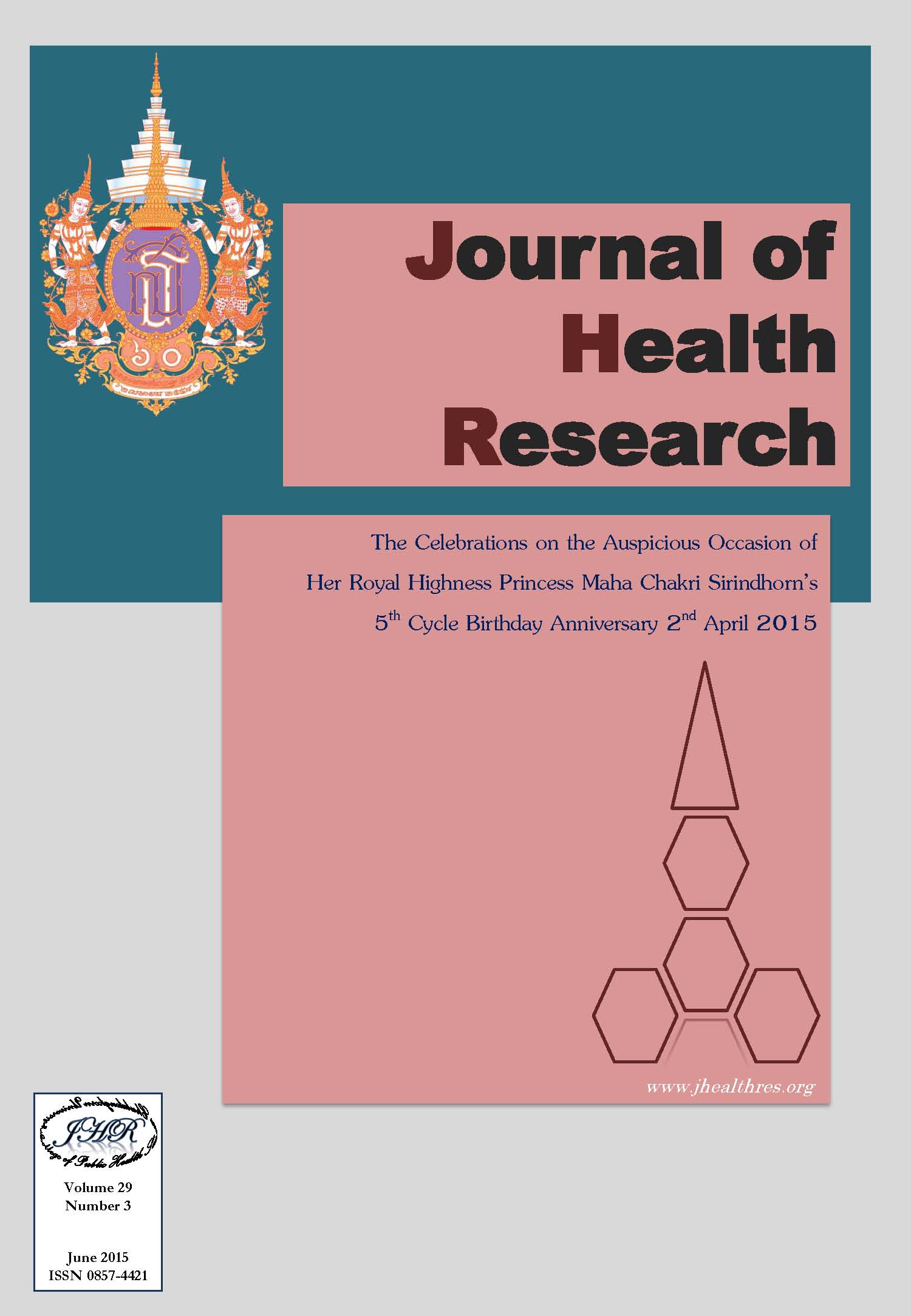Sodium Content of Processed Foods in Brunei Darussalam
Keywords:
Enabling environment, Hypertension, Salty food, Sodium, Processed foods, Brunei DarussalamAbstract
Prevalence of hypertension is increasing in Brunei Darussalam. Knowledge on the current status of sodium content in processed foods is important to establish concrete baseline data for monitoring of future public health initiative in reducing population exposure to sodium. The study aimed to establish a comprehensive database on sodium content of processed foods, to determine the extent of processed foods that meet sodium benchmarks of two established food nutrient guidelines, and to compare the mean sodium content of processed foods in Brunei Darussalam and other countries. Sodium content in milligrams per 100 gram was obtained from the packages of processed foods in major supermarkets. Data collected included names of products, country of origin or manufacture and serving size. Proportion of food products that meet the sodium benchmarks and mean sodium content of food sub-categories were analysed. Data from 1470 food products were collected, in which 425 (29%) did not display quantity of sodium on the packages. We analysed 806 food products with sodium guidelines in 11 food categories and 52 food sub-categories. Overall, 411(51%) food products did not meet the recommended sodium benchmarks. Nine food sub-categories consisted of all food products with sodium content above the recommended benchmarks. The greatest difference between the means sodium content and the recommended benchmarks was found in recipe mixes (Asian), fresh and frozen meat and poultry as well as soup and broth sub-category. Faced with an increasing prevalence of hypertension, Brunei Darussalam is in definite need of a national sodium reduction initiative. Strategically targeting consumer education on commonly consumed foods with the highest sodium content and facilitating food reformulation among food manufacturers in and outside Brunei Darussalam may serve as an effective strategy in reducing the population salt intake.Downloads
How to Cite
Kamis, Z., Yaakub, R., Ong, S. K., & Kassim, N. (2017). Sodium Content of Processed Foods in Brunei Darussalam. Journal of Health Research, 29(3), 153–164. retrieved from https://he01.tci-thaijo.org/index.php/jhealthres/article/view/97164
Issue
Section
ORIGINAL RESEARCH ARTICLE







